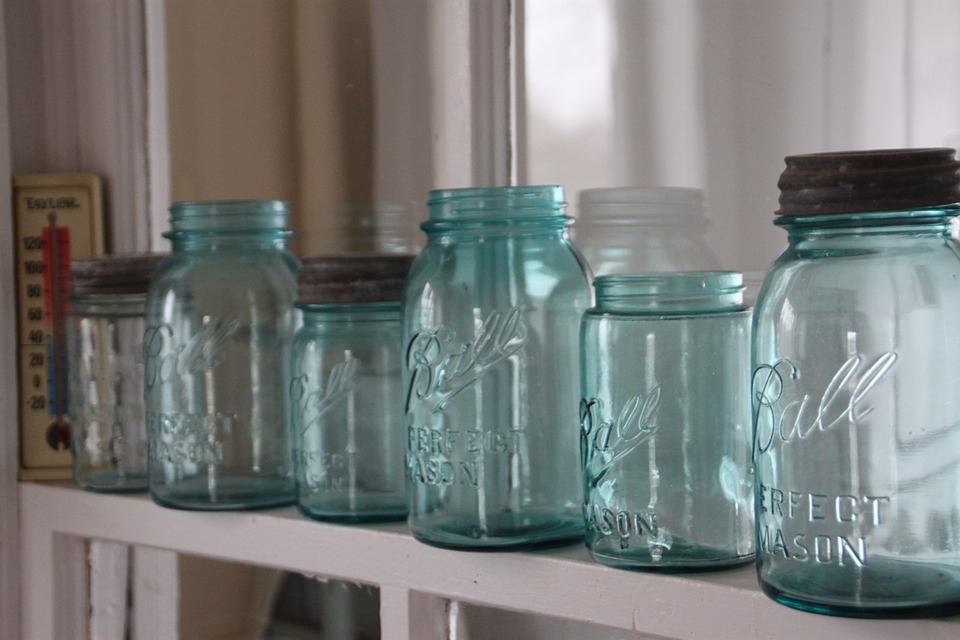The FOUR deadly diseases you’re likely to encounter in a collapse: PRINT this and archive
04/27/2018 / By Isabelle Z.

In a collapse, public health services like water purification and sewage disposal will come to a standstill, spurring all sorts of diseases that can take your life. That’s why it’s important to familiarize yourself now with some of the more common diseases you might encounter in such a situation and learn how to deal with them. After all, it’s not like you’ll be able to call an ambulance to bring you to the hospital in a collapse. Here’s a helpful list inspired by Survival Dan 101.
E. Coli
You’ve probably heard a lot of news stories about E. coli outbreaks, which should be your first clue that the bacterial illness is extremely common and spreads easily. While it’s pretty easy to avoid under normal circumstances through regular hand washing, nearly everything you touch could contain fecal matter in a disaster. The bacteria can get into your body through unclean utensils or raw produce, dairy products left out too long, food stored at improper temperatures, and raw seafood.
Once you’ve been infected, you’ll start to notice symptoms that might include gas, a loss of appetite, abdominal cramping, fever, fatigue, and watery diarrhea. These symptoms could last for up to a week. If you experience bloody urine, bruising, pale skin, or dehydration, you could have a severe E. coli infection.
Dysentery
This disease isn’t just limited to the Oregon Trail. It’s encountered to this day in situations where water isn’t sterilized sufficiently, food is prepared improperly, or human waste isn’t disposed of correctly.
Symptoms of the infectious diarrheal disease can appear anywhere from two to ten days after infection, and they might include frequent watery stools that have mucus and blood occurring dozens of times per day, loss of appetite, vomiting, excessive gas, bloating, and high fever.
Typhoid Fever
Caused by the Salmonellae typhi bacteria, you can get typhoid fever from ingesting water or food that is contaminated with it. The signs of typhoid fever include a sustained high fever, weakness, headache, loss of appetite and stomach pains. In some cases, a rose-colored rash with flat spots might appear.
Cholera
If you have cholera, the diarrhea can come so quickly and furiously that you go from feeling great to the verge of dehydration-induced death in a matter of hours. Cholera is rare in the U.S. thanks to our modern water treatment and sewage systems, but there is no telling what could happen when they stop working.
If you experience watery diarrhea that comes on suddenly and looks like water used to wash rice, along with symptoms like low blood pressure, rapid heartbeat, muscle cramps, severe thirst, confusion, and vomiting, it could well be caused by cholera.
What to do about infectious illnesses that cause diarrhea
If you want to prevent these illnesses, consider taking oregano oil, which protects against bacterial diseases like cholera and typhoid. Again, be sure that your hands, the food you eat and the utensils and plates you use are as clean as possible.
When infectious illnesses that cause diarrhea strike, rapid rehydration is essential. You might be tempted to take anti-diarrheal medications, but this will just slow down your digestive system and delay the elimination of the toxins that caused your illness.
If you have oral rehydration salts with electrolytes on hand in your survival kit, that’s your best bet. If not, you can easily make your own using the following recipe:
–1 liter of clean water
-½ teaspoon salt
-6 teaspoons sugar
Mix well and drink. It’s okay if you dilute this slightly for children. Be careful not to use too much sugar, which could make diarrhea worse.
In the case of typhoid fever, you’ll need to turn to some natural antibiotics if you didn’t stockpile any antibiotics ahead of the collapse. While it’s a good idea to avoid antibiotics wherever possible under normal circumstances, they could save your life on this occasion.
Great natural antibiotics you can try if you have access to them include garlic, ginger, oregano oil, and honey. Clove water extract has been shown to help fight E. coli, while goldenseal is great for diarrhea in general.
Don’t just read this and forget about it; print this out, along with first aid information, so you’ll know what to do when you face medical problems in a collapse.
Sources for this article include:
Tagged Under: cholera, Collapse, diarrhea, disaster, dysentery, E. coli, emergency medicine, infectious disease, outbreak, prepping, survival, typhoid fever



















